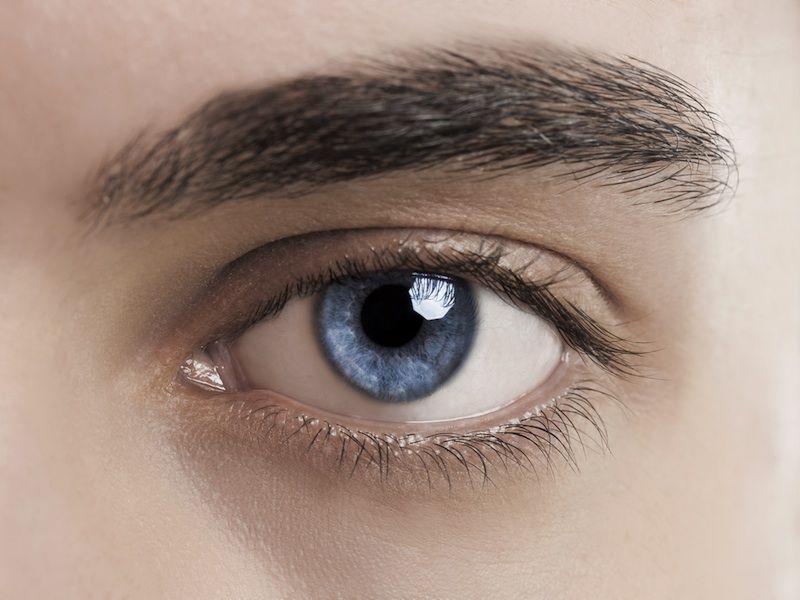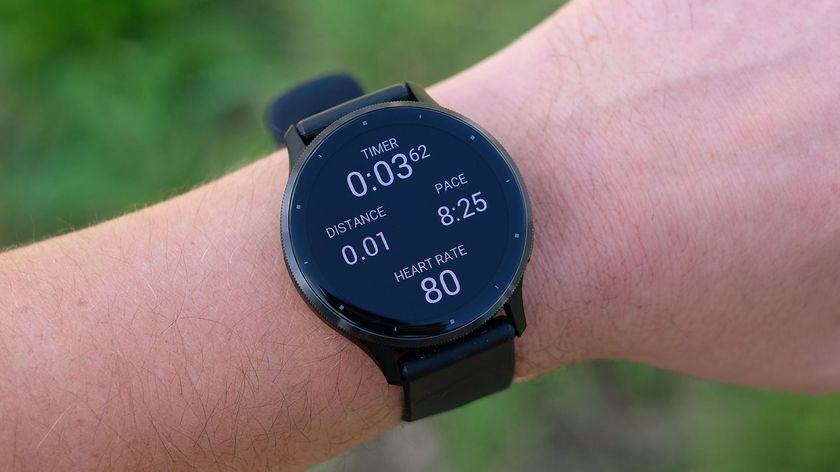New Record for Human Brain: Fastest Time to See an Image

The human brain can achieve the remarkable feat of processing an image seen for just 13 milliseconds, scientists have found. This lightning speed obliterates the previous record speed of 100 milliseconds reported by previous studies.
In the study, scientists showed people a series of images flashed for 13 to 80 milliseconds. Viewers successfully identified things like a "picnic" or "smiling couple" even after the briefest of glimpses.
"The fact that you can do that at these high speeds indicates to us that what vision does is find concepts," study leader Mary Potter, a professor of brain and cognitive sciences at MIT in Cambridge, Mass., said in a statement." That's what the brain is doing all day long — trying to understand what we're looking at." [10 Odd Facts About the Brain]
The eyes shift their gaze three times per second, so the ability to process images speedily may help the eyes find their next target, Potter said.
When a person looks at something, the retina sends that information to the brain, which processes shape, color and orientation. Potter and her team aimed to increase gradually the speed at which people could identify images until they were no more accurate than they would have been if they had guessed the image. The viewers had never seen the images before.
Previous studies suggested the brain takes at least 50 milliseconds to send visual information from the retina to the "top" of the brain's visual processing chain and back again in loops that confirm what the eye saw, so the researchers expected people would get worse at seeing images shown for less than 50 milliseconds.
But Potter's team found that although people's performance declined on average as the time was reduced, they still performed better than chance when identifying images flashed for as little as 13 milliseconds, the speed limit of the computer monitor they used.
Sign up for the Live Science daily newsletter now
Get the world’s most fascinating discoveries delivered straight to your inbox.
The findings, detailed online Jan. 16 in the journal Attention, Perception, and Psychophysics, show that people were processing the images much more quickly than scientists believed was possible. One reason may be that the study participants became faster with practice, and also received feedback on their performance, Potter said.
The findings support those from a study of macaque monkeys in 2001 that found the animals respond to specific kinds of images — such as faces — flashed for just 14 milliseconds.
These studies demonstrate that the information only needs to flow in one direction, from the retina to the visual brain areas, in order to identify concepts, without needing feedback from other brain areas. This ability could give the brain the time it needs to decide where to point the eyes, which can take only 100 to 140 milliseconds. (It might also explain why some people report a "sixth sense," when they unconsciously pick up on visual cues in a scene.)
In addition, even though viewers saw the images for only 13 milliseconds, part of their brain may have continued to process them, because sometimes, participants weren't asked about the image until after they saw a sequence of images.
Next, the researchers want to see how long the brain can hold visual information glimpsed for such a short time, and which brain regions are active when a person correctly identifies what they saw.
Follow Tanya Lewis on Twitter and Google+. Follow us @livescience, Facebook & Google+. Original article on LiveScience.













